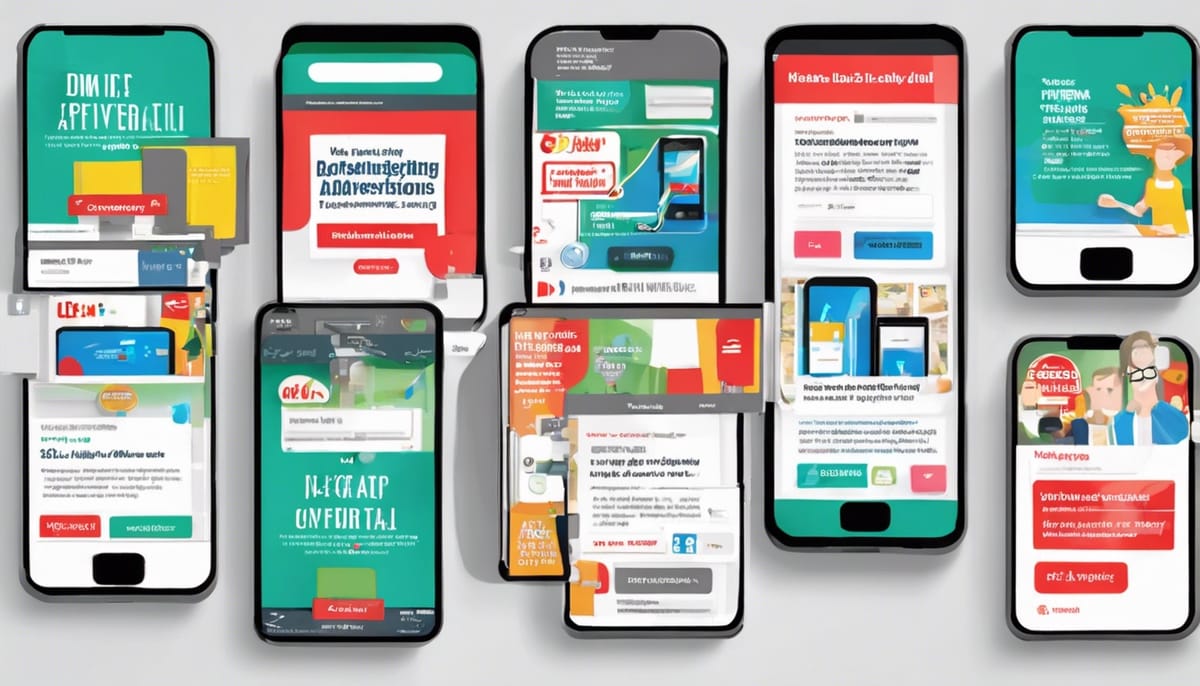Google Ad Manager this month announced the launch of web interstitial triggers in beta, empowering publishers with greater control over the timing and placement of interstitial ads on both desktop and mobile web platforms.

Google Ad Manager this month announced the launch of web interstitial triggers in beta, empowering publishers with greater control over the timing and placement of interstitial ads on both desktop and mobile web platforms.
This new feature complements existing frequency cap settings, ensuring that users are not overwhelmed with intrusive ad experiences.
Traditionally, web interstitials could only be triggered by page navigation. With the introduction of web interstitial triggers, publishers now have the flexibility to display interstitials when a user unhides a tab or window, expanding their options for ad placement and optimization.
Publishers can leverage web interstitial triggers to deliver targeted ads at opportune moments, such as when users are returning to a previously opened tab or window. This strategic approach can enhance user engagement and potentially increase ad effectiveness without compromising the overall user experience.
To activate web interstitial triggers, publishers can navigate to Inventory > Network Settings in Ad Manager and select the desired triggers. For more detailed information and implementation guidelines, please refer to the Google Ad Manager Help Center.
The introduction of web interstitial triggers underscores Google Ad Manager’s dedication to providing publishers with innovative tools and features that empower them to control their ad inventory, optimize ad experiences, and maximize revenue opportunities.
Web Interstitial Ads
Web interstitial ads are full-page ads that appear on a user’s screen before they can access the content they requested. These ads are typically triggered by page navigation, such as when a user clicks on a link or opens a new tab. Interstitial ads can be effective in capturing user attention and promoting brand awareness, but they can also be disruptive to the user experience if not used carefully.
Here are some of the key characteristics of web interstitial ads:
- Full-page: Interstitial ads take up the entire screen, blocking the user’s view of the underlying content.
- Triggered by page navigation: Interstitial ads are typically triggered by page navigation events, such as when a user clicks on a link or opens a new tab.
- Can be used for mobile and desktop devices: Interstitial ads can be used on both mobile and desktop devices.
- Frequency capped: Interstitial ads are frequency capped to prevent users from seeing them too often.
Here are some of the pros and cons of using web interstitial ads:
Pros:
- Can capture user attention: Interstitial ads can effectively capture user attention due to their full-page format.
- Can promote brand awareness: Interstitial ads can be used to promote brand awareness by displaying large-format branding elements.
- Can be effective for certain types of campaigns: Interstitial ads can be effective for certain types of campaigns, such as app install campaigns.
Cons:
- Can be disruptive to the user experience: Interstitial ads can be disruptive to the user experience, especially if they are used too frequently or at inopportune times.
- Can lead to ad fatigue: If users see interstitial ads too often, they may become fatigued and less likely to engage with them.
- May not be suitable for all content: Interstitial ads may not be suitable for all types of content, such as long-form articles or videos.
Overall, web interstitial ads can be a useful tool for publishers and advertisers, but they should be used carefully to avoid disrupting the user experience. Publishers should consider the following factors when using interstitial ads:
- The type of content: Interstitial ads may not be suitable for all types of content.
- The target audience: Interstitial ads may be more effective for certain target audiences than others.
- The frequency of use: Interstitial ads should be frequency capped to avoid ad fatigue.
- The timing of the ad: Interstitial ads should be timed to avoid disrupting the user experience.



